This article originally appeared on TwentyThirty.
Baratang Miya is the founder of Girlhype, an initiative based in Cape Town, South Africa, empowering women to code. Through this initiative, every year more than 500 girls get the chance to come into contact with coding. The goal is to get 200,000 girls excited about technological and scientific topics by 2020.

What made you start Girlhype?
I started Girlhype in 2003 just after graduating from university. It had always been clear to me that I wanted to go back to my community and change something. I had received the worst education in South Africa going to school in a township – what we call Bantu education. Being at university made me notice so many gaps. First, I found that blacks were outnumbered by whites, but blacks were the only ones doing the extra classes.
- Girlhype
- Girlhype offers girls and young women an opportunity to develop technical competencies and social skills needed for full involvement in the new 21st-century job market and at the tertiary level.
The goal is to address the unequal access to the opportunities, experiences, skills, and knowledge that prepare youth for full participation. The work of founder Baratang Miya provides a strong link to SDG 5 (Gender Equality). Baratang herself serves as a key figure in bringing across the message of women’s empowerment in the digital field.
Why was that?
Up to that point, I had never touched a computer before. Then I found out that the computers were using a different English than the one I was familiar with. So I invested the time to do an extra class to educate myself. But that is not even where the frustration came from. The frustration sets in when you realize that you had received an inferior education and have to work double the amount to keep up with others who had a good education. And being a girl just triples the effort.
[recommended:8717]
Can you explain?
Women are disadvantaged from every angle in society, and in technology. Digital advertising and social media perpetuate these disadvantages. They tell you that a woman must look and act in a certain way. The media shape the way you think and how you do research – when you type in the word “researcher” into Google, what comes up is all male. This is not new, it’s been this way for long. These stereotypes don’t lie in technology itself, but they get repeated by it. I found that we must turn this negative point into a positive one by using technology as a means of reshaping our thinking.
How?
In a world where I could not see women, I decided to be the change I wanted to see. In 2003, I started teaching women and girls digital literacy and how to code. I also decided that running an NPO empowering women and girls in STEM is not enough. I started appearing in public, speaking out at conferences and in government spaces including the UN for the rights of women and girls, talking about diversity, inclusion, and gender equality, which is a must.

So rather than focusing on the negative effects of technology, you decided to address its positive potential. How did you turn that motivation into action to empower girls and young women?
I would say a very important catalyzer to turning things into action is a strong sense of self. I see myself as a feminist, and I just knew I wanted to give that kind of self-understanding back to society. But I didn’t have a concrete idea yet. At the same time, I spent a lot of time in a computer shop getting better at using PowerPoint and other programs students use to accomplish their coursework. One thing came to another: I met a guy who showed me that I could do more than just use a program, he showed me that I could actually write it. That was a turning point: I knew I wanted to go and teach girls how to write code, to turn girls into creators of content and eventually give them a better sense of self-esteem and self-efficacy through it.
You have been doing so for 15 years now. Do you perceive yourself as a role model?
I don’t know. Sometimes I struggle with that, because I don’t do what I do to win an award. Every time people say I am a role model, I tell them that the girls are the real heroes. You know, they go through a lot to participate in class, some have a long journey to get to class, others put in so many extra hours to keep their families happy with the housework and then attend class after they’re done with their chores. These girls are resilient, strong–minded, and strong-hearted. I am inspired by their eagerness to learn, that’s where I find the motivation that keeps me going.
[recommended:8235]

What do you think needs to change in terms of providing better conditions for gender equality? What does a perfect world in 2030 look like for you?
The ultimate key is transforming culture to the point where it doesn’t matter if you are a man or a woman. We need a culture that allows you to strive no matter what. To get there, I think we need to set ourselves up for realistic goals. First, give resources to the people working on the ground. I always find that mentorship for girls and women is important. Second, get governments to commit to making sure that companies create a women-empowering culture and safe spaces for women to be in. Don’t just talk about it, make these efforts visible and traceable. And last but not least, don’t let men who are afraid of an empowered woman be the ones deciding on these things. In 2030, I wish for true equality, which means that a woman is no longer “only” seen as a woman, but as a person, simply a human being.

Katja Jaeger works as a researcher and project manager at the betterplace lab. She is interested in how to use digitisation to empower people to actively take part in co-creating a better society. The betterplace lab is a think-and-do tank based in Berlin and was founded as the research laboratory of the crowdfunding platform betterplace.org.
This article is presented in collaboration with TwentyThirty.
TwentyThirty is an online magazine presented by the BMW Foundation Herbert Quandt. It sheds light on the social, political, and environmental challenges we face and features inspiring Responsible Leaders who are working to solve them. Follow their work on Facebook.


